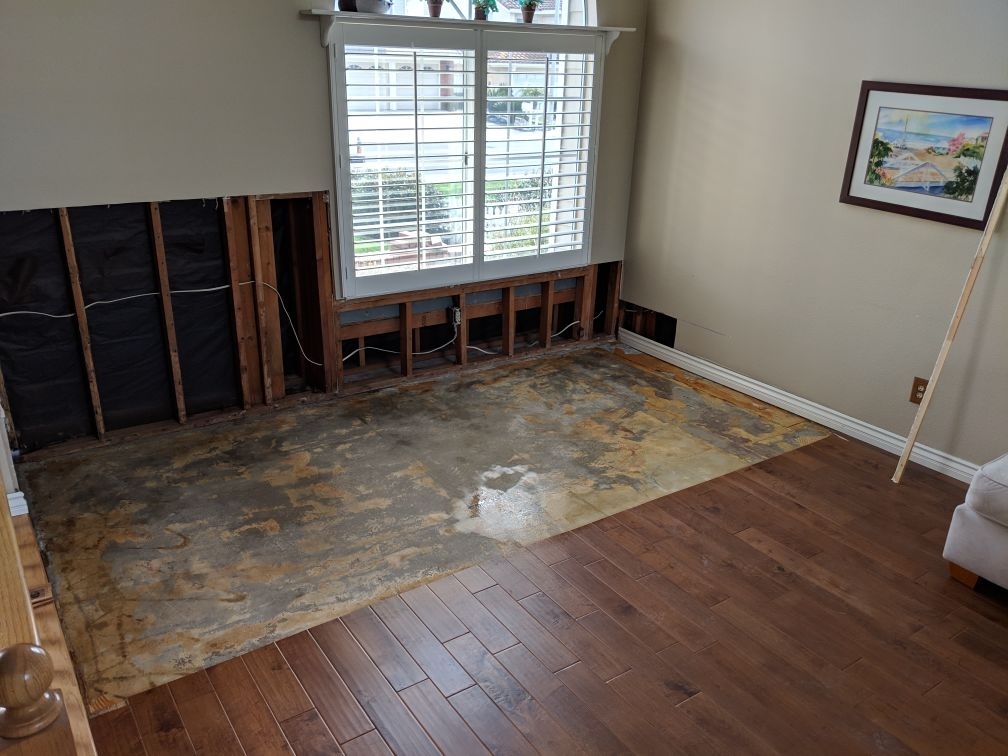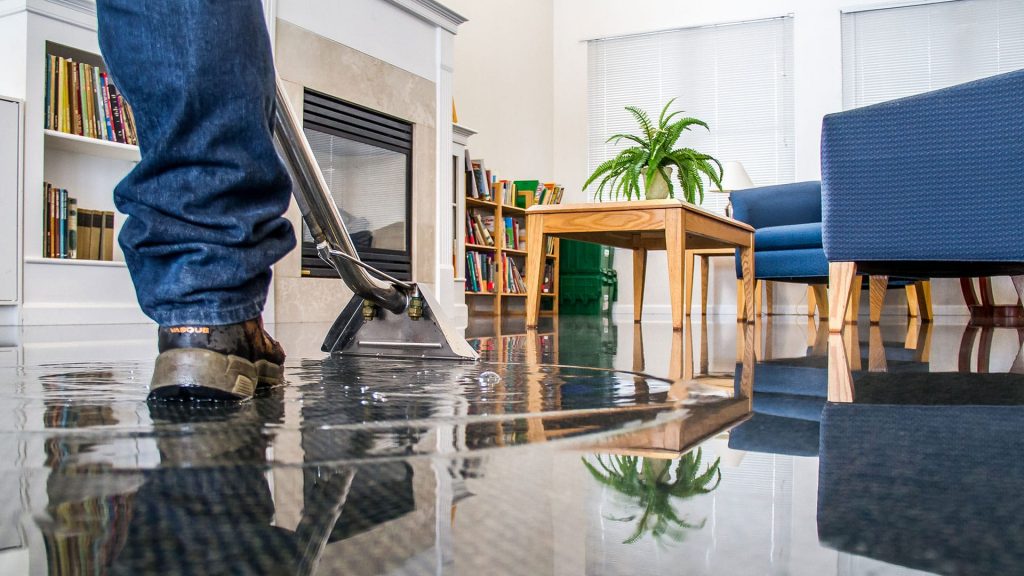Do's & Don'ts of Water Damage.
Do's & Don'ts of Water Damage.
Blog Article
The publisher is making a few great points on the subject of How To Prevent Fire And Water From Ruining Your Holiday Season as a whole in this great article in the next paragraphs.

Though water offers life, water breach on components where it's not expected to be can cause damages. It can peel off away surfaces and wear down the foundation if the water saturates right into your structure. Mold and mildew and mildew additionally grow in a moist environment, which can be hazardous for your health and wellness. Residences with water damage scent old and musty.
Water can originate from lots of resources such as tropical cyclones, floods, burst pipes, leakages, and also sewer issues. In case you experience water damage, it would be good to recognize some safety and security preventative measures. Here are a couple of standards on exactly how to take care of water damage.
Do Prioritize Home Insurance Protection
Water damage from flooding because of hefty winds is seasonal. However, you can additionally experience an unexpected flooding when a damaged pipe all of a sudden breaks right into your residence. It would be best to have residence insurance coverage that covers both acts of God such as natural catastrophes, and also emergencies like broken plumbing.
Do Not Forget to Switch Off Energies
In the event of a calamity, particularly if you reside in a flood-prone location, it would be a good idea to turn off the primary electric circuit. This cuts off power to your entire house, avoiding electric shocks when water can be found in as it is a conductor. Furthermore, do not forget to turn off the primary water line shutoff. When floodwaters are high, furniture will certainly walk around and create damage. Having the main valve shut down avoids additional damages.
Do Keep Proactive and also Heed Weather Condition Alerts
Listen to evacuation cautions if you live near a creek, lake, or river . Doing so minimizes potential property damages.
Don't Disregard the Roofing System
You can prevent rain damage if there are no openings as well as leakages in your roofing. This will prevent water from streaming down your walls and saturating your ceiling.
Do Focus On Small Leaks
A ruptured pipeline doesn't happen over night. Typically, there are warnings that show you have actually deteriorated pipelines in your house. You may see bubbling paint, peeling off wallpaper, water streaks, water spots, or dripping noises behind the wall surfaces. Ultimately, this pipeline will rupture. Ideally, you need to not wait for things to intensify. Have your plumbing fixed prior to it results in enormous damages.
Do Not Panic in Case of a Ruptured Pipeline
Maintaining your clearheadedness is crucial in a time of dilemma. Stressing will only compound the problem because it will certainly suppress you from acting quickly. When it comes to water damages, timing is essential. The longer you wait, the more damage you can expect. Therefore, if a pipeline bursts in your house, immediately shut down your major water shutoff to cut off the source. Disconnect all electric outlets in the area or transform off the circuit breaker for that component of the residence. Ultimately, call a trusted water damage reconstruction expert for aid.
Water provides life, water intrusion on components where it's not expected to be can result in damages. Residences with water damages smell old as well as stuffy.
Water damages from flood dues to heavy winds is seasonal. You may notice gurgling paint, peeling off wallpaper, water touches, water spots, or leaking sounds behind the wall surfaces. When it comes to water damage, timing is essential.
Some Do's & Don't When Dealing with a Water Damage
DO:
Make sure the water source has been eliminated. Contact a plumber if needed. Turn off circuit breakers supplying electricity to wet areas and unplug any electronics that are on wet carpet or surfaces Remove small furniture items Remove as much excess water as possible by mopping or blotting; Use WHITE towels to blot wet carpeting Wipe water from wooden furniture after removing anything on it Remove and prop up wet upholstery cushions for even drying (check for any bleeding) Pin up curtains or furniture skirts if needed Place aluminum foil, saucers or wood blocks between furniture legs and wet carpet Turn on air conditioning for maximum drying in winter and open windows in the summer Open any drawers and cabinets affected for complete drying but do not force them open Remove any valuable art objects or paintings to a safe, dry place Open any suitcases or luggage that may have been affected to dry, preferably in sunlight Hang any fur or leather goods to dry at room temperature Punch small holes in sagging ceilings to relieve trapped water (don't forget to place pans beneath!); however, if the ceiling is sagging extremely low, stay out of the room and we'll take care of it DO NOT:
Leave wet fabrics in place; dry them as soon as possible Leave books, magazines or any other colored items on wet carpets or floor Use your household vacuum to remove water Use TV's or other electronics/appliances while standing on wet carpets or floors; especially not on wet concrete floors Turn on ceiling fixtures if the ceiling is wet Turn your heat up, unless instructed otherwise

Do you really like reading up on 5 Home Safety Tips To Reduce The Risk Of Fire And Water Damage? Create a short review further down. We would be delighted to hear your suggestions about this content. Hoping that you come back again soon. Those who appreciated our blog posting kindly remember to share it. Bless you for your time. Kindly come by our website back soon.
Report this page